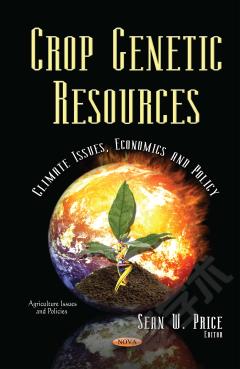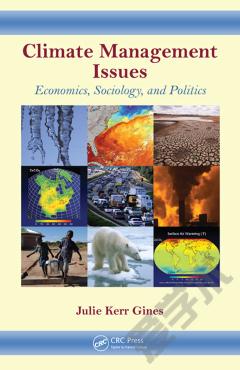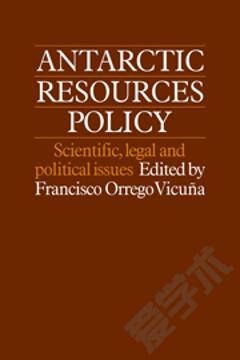Crop Genetic Resources: Climate Issues, Economics and Policy
Climate change poses significant risks to future crop productivity as temperatures rise, rainfall patterns become more variable, and pest and disease pressures increase. The use of crop genetic resources to develop varieties more tolerant to rapidly changing environmental conditions will be an important part of agricultural adaptation to climate change. Finding new genetic traits that can facilitate adaptation—and incorporating them into commercially successful varieties—is time-consuming, expensive, and technically difficult. This book reviews the types of genetic resources, the ways they have been used, and how they might be used in the future. The book also discusses economic, scientific, and institutional factors that will determine the extent of genetic resource use and the benefits it might bring to climate change adaptation. Moreover, this title evaluates economic and institutional factors influencing the flow of genetic resources, including international agreements, and their significance for agricultural research and development in the United States. Finally, the book examines the composition of U.S. and international seed markets, regulations affecting agricultural seeds, the structure and evolution of the seed industry, and trends in private and public R&D in plant breeding.
{{comment.content}}








 京公网安备 11010802027623号
京公网安备 11010802027623号